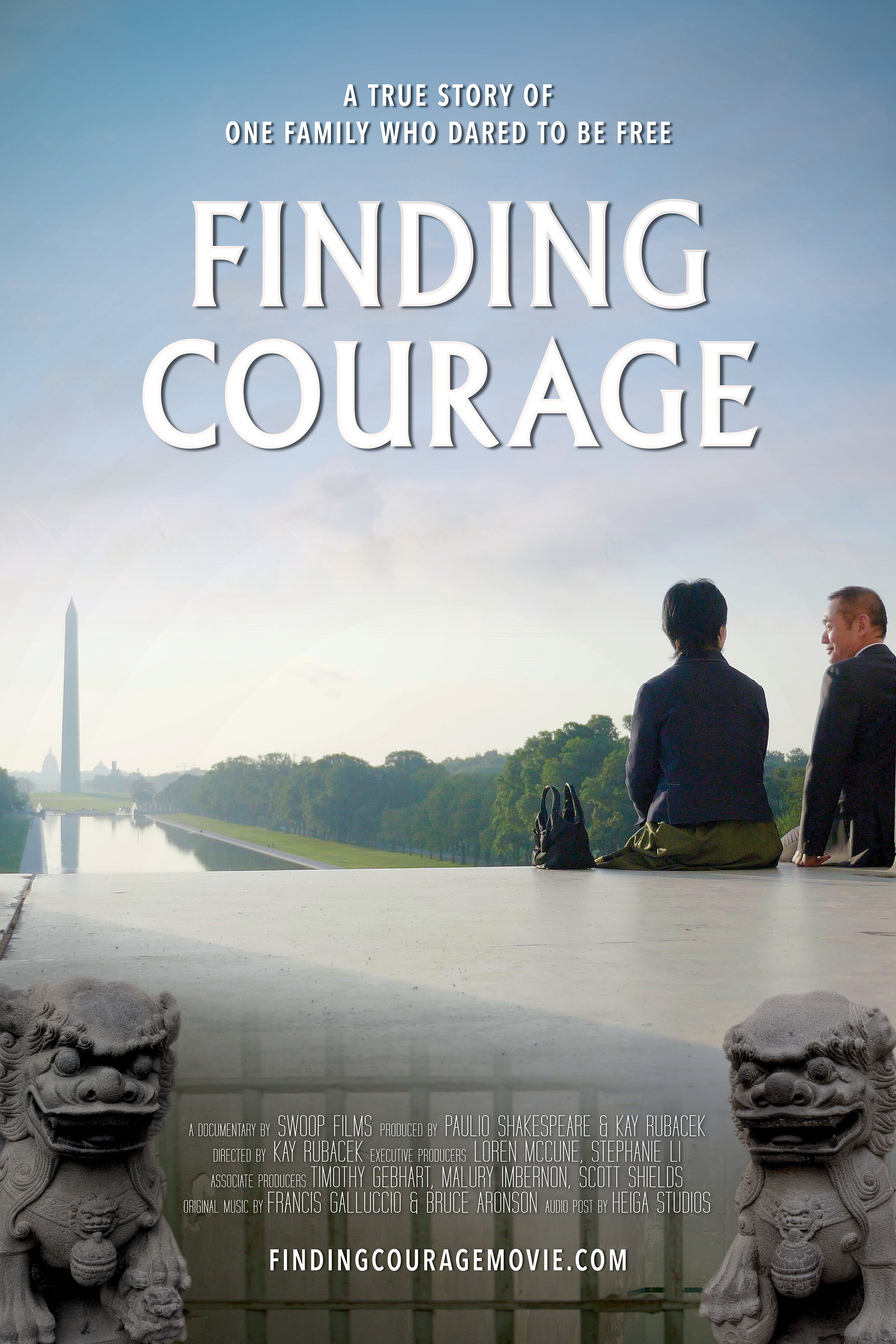The Social Dilemma: To Stage or Not to Stage Scenes?
Does it matter if a documentary is staged? That was the title of a recent New York Times article that quotes journalist Scott Tobias’s tweet, “Reviews hung up on documentary veracity are missing the point…Authenticity and artifice coexist all the time in movies.”
Before I weigh in on the “dilemma of deception”, a quick reminder: the deadline for the Roy W. Dean grant is October 31st. Learn how we can help you apply with our grant writing services here.
We frowned on docs that didn’t disclose recreations when I taught editing at UC Berkeley’s Graduate School of Journalism. At issue in 2005 was the Oscar-winning short documentary “Mighty Times: The Children’s March.”
Nearly half of the protest scenes that passed as archival footage were actually re-enactments, according to PBS producer Jon Else, the director of our #1-ranked documentary program.
Deluding viewers isn’t OK. But did anyone complain when Robert J. Flaherty staged Inuit hunting scenes in the first-ever documentary, “Nanook of the North” (1922)?
Which brings us to today’s trending blend of re-creations in (supposedly) non-fiction films.
“Unlike the hokey TV reenactments of yesteryear … these dramatizations feature lush cinematography, artful lighting, period-accurate costumes and meticulous production design,” according to a recent LA Times article.
Case in point: we’re editing the documentary “We Said No! No!”, in which director Brian Maeda infuses re-enactments of WWII Japanese internment camps with hair-raising film noir lighting.
Not content to show out-of-focus, suggestive close-ups, Maeda bravely filmed actors in full stature engaged in dialogue. The scenes aren’t corny or hokey , and the acting isn’t wooden.
I’m seeing this directing choice more and more. For example, “Finding Courage” is an investigative documentary we story consulted on that received multiple festival awards last year.
In it, filmmakers Kay Rubacek and Paulio Shakespeare employed re-enactments to illustrate the search for an imprisoned Falun Gong activist. Check out the superb trailer, in which 95% of the contemporary footage is staged.
For more examples, check out re-enactments in “The Thin Blue Line,” “The Act of Killing” and “Casting JonBenet.”
Finally, have you seen the latest Netflix hit, “The Social Dilemma”? Although it’s one-sided, it brilliantly lays the blame for political polarization on social media’s creepy ability to curate a user’s news feed.
I was prepared to dislike the re-enactments after reading on RogerEbert.com that “the film’s biggest mistake is a poorly-conceived dramatic re-enactment.”
But when I thought about sharing the doc with my favorite 12-year-old–who could relate to the made-up story of a teenage boy addicted to his cell phone–I let down my snobbish guard. We enjoyed the film as much as the popcorn!
So, should documentaries be staged? I agree with my mentor and colleague Jon Else. Give filmmakers as much ”flexibility as possible while sticking to the core value of truth.”
